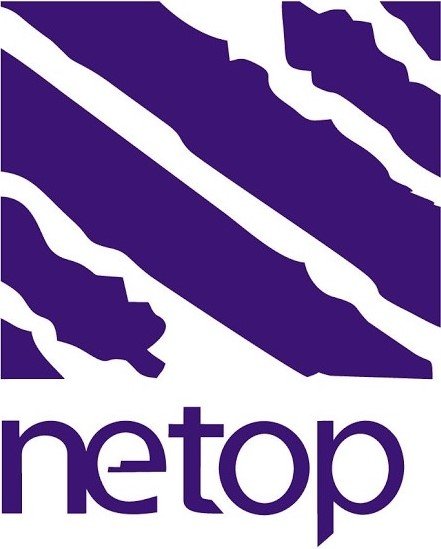- +918595603096Call us+918595603096
- +918437603096+918437603096
- support@pacificcert.comEmail ussupport@pacificcert.com

Close

Pacific Certifications is part of E-Certifications, a leading independent and impartial certification body, accredited by ABIS & IAF for ISO Certifications including ISO 9001, ISO 14001, ISO 45001, ISO 22000, ISO 27001 and more, Product Certifications such as CE Marking, HACCP, and GMP and others & various Lead Auditor, Lead Implementer, Awareness Training programs.
With a commitment to excellence and a passion for ensuring quality, we specialize in providing accredited certifications across various industries. Our team of experienced auditors and certification experts is dedicated to upholding the highest standards, helping organizations and individuals worldwide achieve and maintain compliance with international standards.
At Pacific Certifications, we offer end-to-end ISO certification services, helping businesses achieve ISO compliance efficiently and seamlessly.
We specialize in ISO certification services, guiding organizations through every step of the ISO certification process, from gap analysis and documentation to internal audits and final certification assessments. Whether you need ISO 9001 certification for quality management, ISO 14001 for environmental management, or ISO 27001 for information security, our structured approach ensures your business meets international standards with ease.
With Pacific Certification’s expert ISO advisers, you gain access to industry-leading certification training, documentation support, and continuous compliance management, ensuring long-term success in maintaining ISO standards.
At Pacific Certifications, we provide expert ISO inspection and training services, ensuring businesses meet international ISO compliance standards efficiently. Our ISO inspection services help identify non-conformities, improve processes, and prepare organizations for ISO certification through internal audits and compliance assessments.
As a trusted ISO certification body, we offer specialized ISO training programs covering ISO 9001, ISO 14001, ISO 45001, ISO 27001, and more. Our expert trainers equip businesses with essential skills in ISO implementation, risk management, and audit preparedness to maintain long-term compliance.
Whether you need ISO auditor training or industry-specific certification programs, Pacific Certifications ensures a structured learning approach that enhances expertise and ensures compliance with global standards.
At Pacific Certifications, we are committed to delivering accurate, reliable, and globally recognized ISO certification services. As a leading ISO certification body, we ensure businesses achieve compliance with international standards through transparent audits, detailed inspections, and expert training programs.
With Pacific Certifications, you gain a trusted partner dedicated to ensuring quality, compliance, and business excellence through world-class ISO certification, inspection, and training services.
We at INTERNATIONAL GREEN SOLUTION from ALGERIA are truly grateful to work with you. It has been a pleasure collaborating with your professional team, and we look forward to more successes together.
It was extremely good experience to connect with these guys. Entire team is very helpful and professional. Entire process was smoothly handled and end to end guidance, amendments and improvement area were shared along with timely completion. My sincere thanks to entire team and specially Sony D.
This is to share our feedback that E-Certification (Pacific Certification) is supported well to issue ISO certification for our company on time and accurately. We sincerely inform you our gratitudes to you.
Thank you Seema.
Working with Pacific Cert has been a truly positive experience. Their professionalism, attention to detail, and commitment to quality have made our collaboration both smooth and productive. Their expertise and support have greatly contributed to our success, and we value the partnership we have built with them.
To be honest, we like to cooperate with your company very much, because of the efficiency, service attitude, reasonable price, always complete every case in time, very good partner.






Get a rough Estimate for your Required Certification by entering your basic details.
This will close in 0 seconds
Get in touch!
This will close in 0 seconds
WhatsApp us